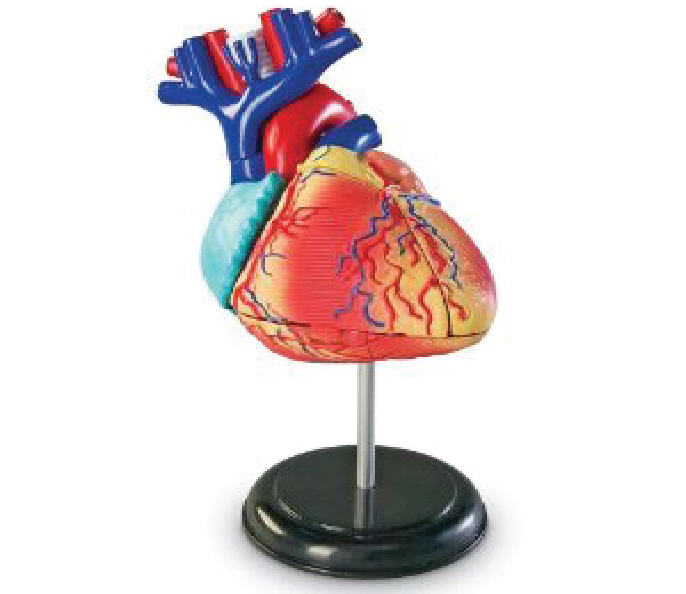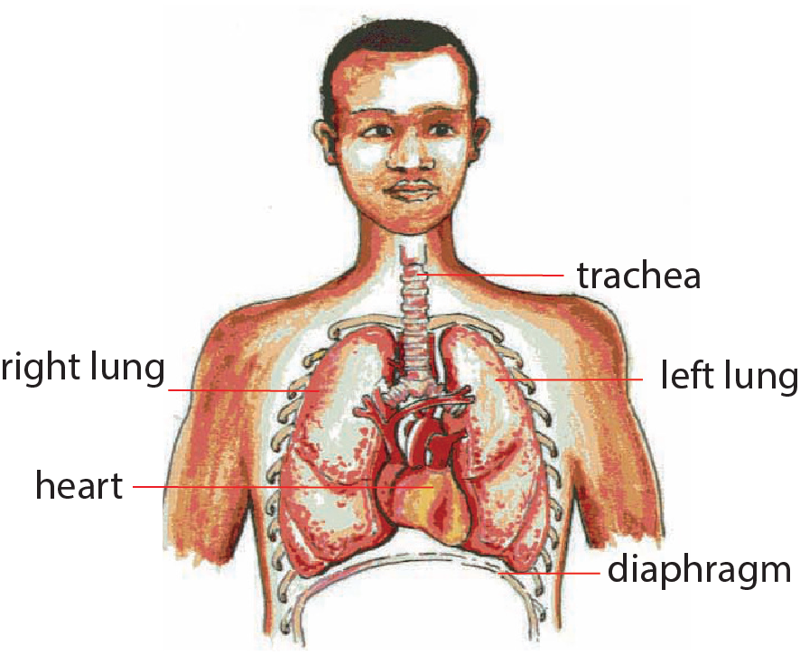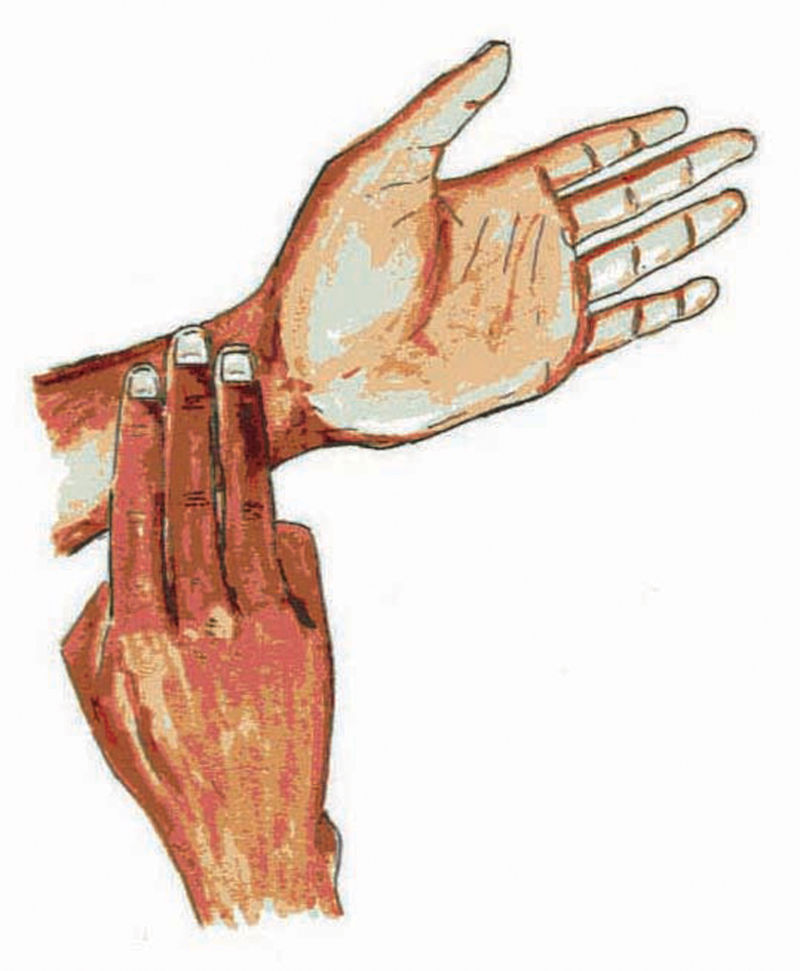In previous classes, we learnt about the breathing system, the digestive system and the reproductive system.
In this class, we shall learn about the circulatory system. In circulatory system blood circulates materials throughout the body. Therefore, the blood system is known as the circulatory system.
The circulatory system is made up of the heart, arteries, capillaries and veins. The system transports blood and other materials all over the body.



